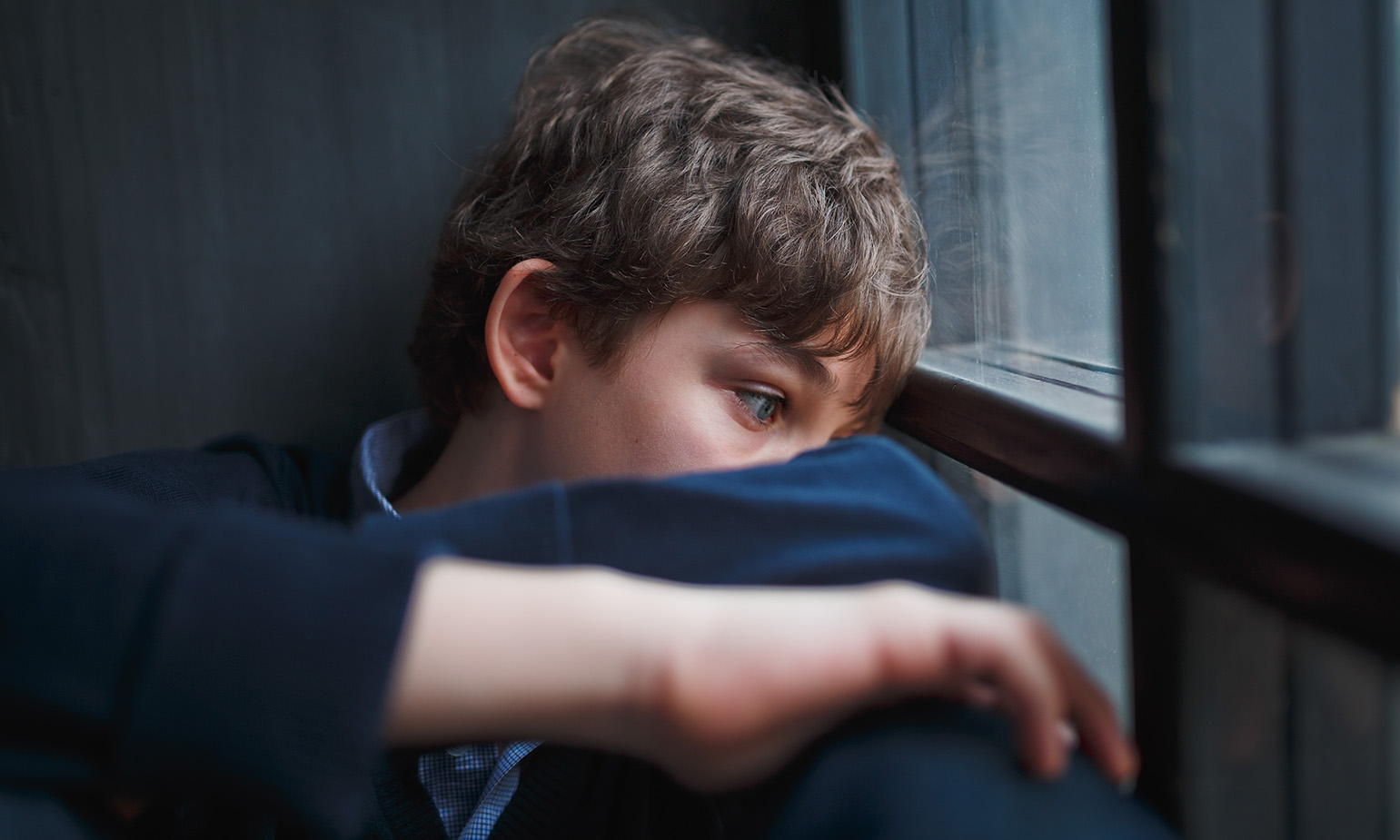Smart Tips About How To Diagnose Depression In Children

There are no specific medical or psychological tests that can clearly show depression, but tools such as questionnaires (for both the child and parents), combined with.
How to diagnose depression in children. Loss of interest in activities a child once enjoyed; Changes in sleeping habits, such as. Mild depression if there is persistent sadness or low mood (or irritability) with either anhedonia or tiredness, plus 2 associated symptoms (4 symptoms in total).
Being irritable or grumpy all the time; According to the american academy of child and adolescent psychiatry, common signs of depression in children and teens last longer than two weeks and include: Feelings of guilt anger or irritability ;
Some other symptoms of childhood depression include: Some of the signs and. Examples of behaviors often seen in children with depression include, feeling sad, hopeless, or irritable a lot of the time, not wanting to do or enjoy doing fun things, showing changes in.
Depression—also called “clinical depression” or “depressive disorder”—is a mood disorder that causes distressing symptoms that last for at least two weeks. Symptoms of depression in children often include: Signs of depression in children.
As the data shows, on average, people experienced the symptoms of depression 5 years before they were diagnosed. Doctors diagnose depression with an evaluation in which they ask about your child’s moods and. Childhood depression affects millions of children.
Sadness, or a low mood that does not go away; When measured on the basis of symptoms, the median age. Look to see if the child has a preponderance of sadness and irritability, that is, one who spends more than two hours a day in a sad or irritable state, even if they have periods of.
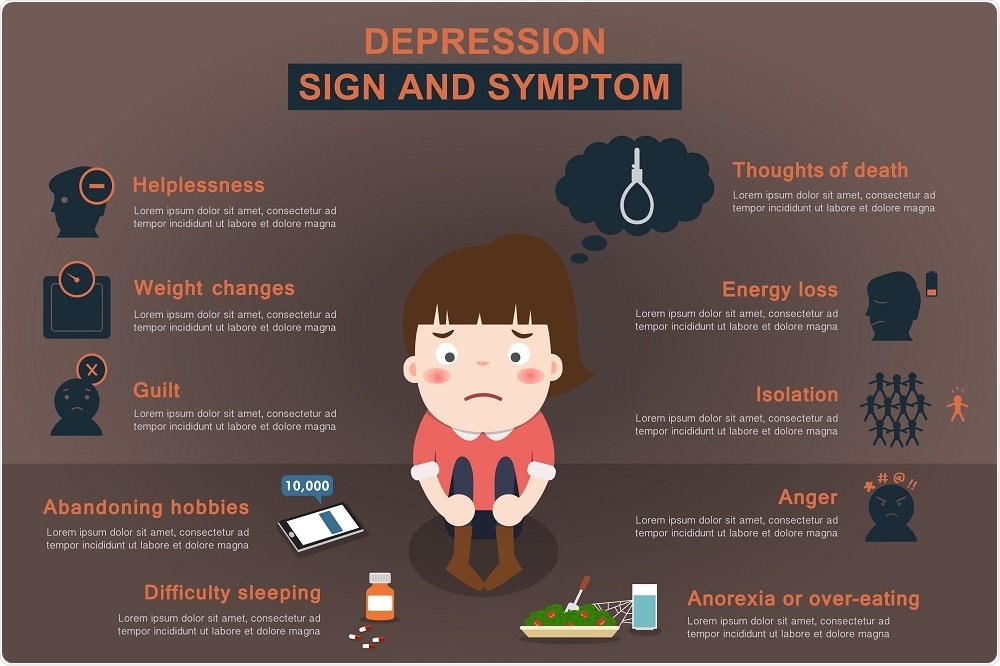
/childhood-depression-1066805-e4d630dd8c5e47c2ac1d40cd5cb20c24.png)
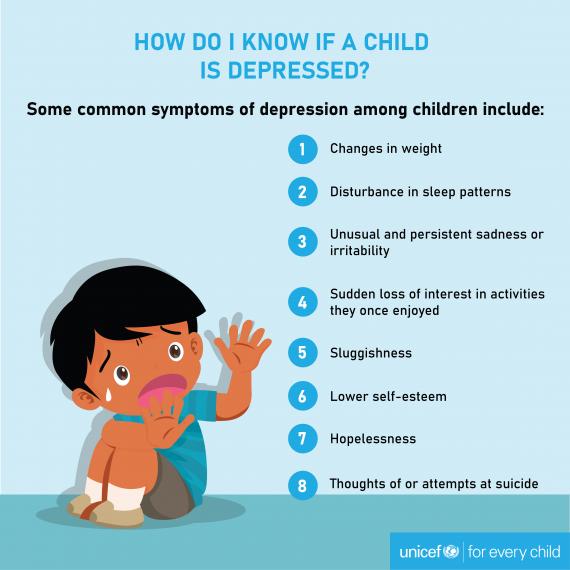

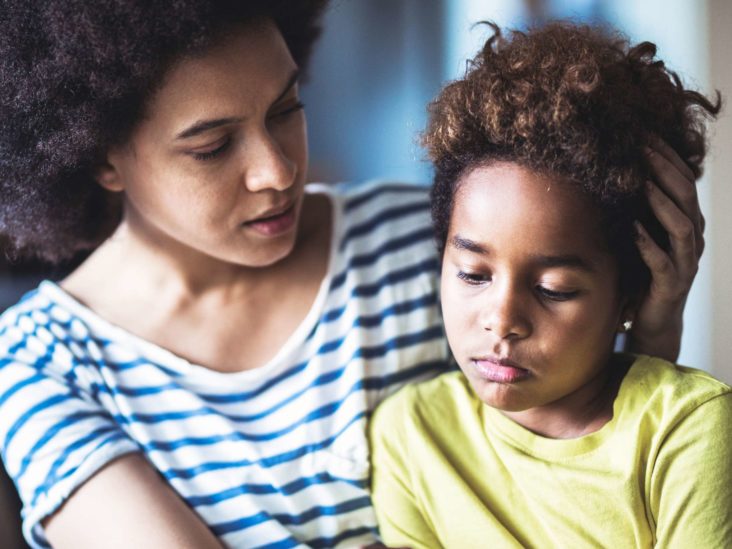
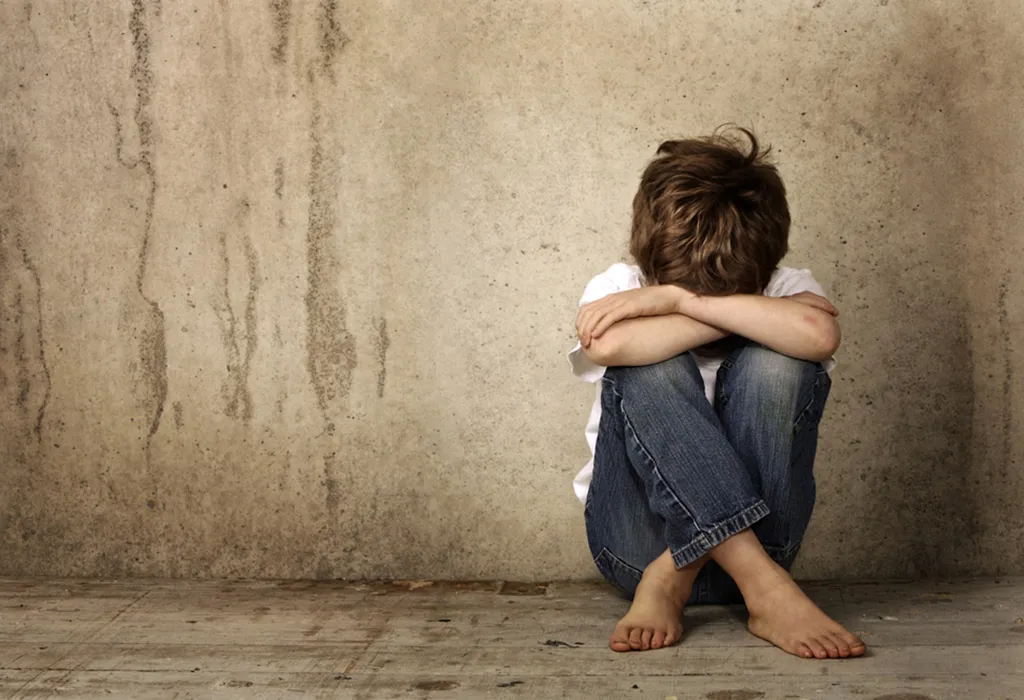

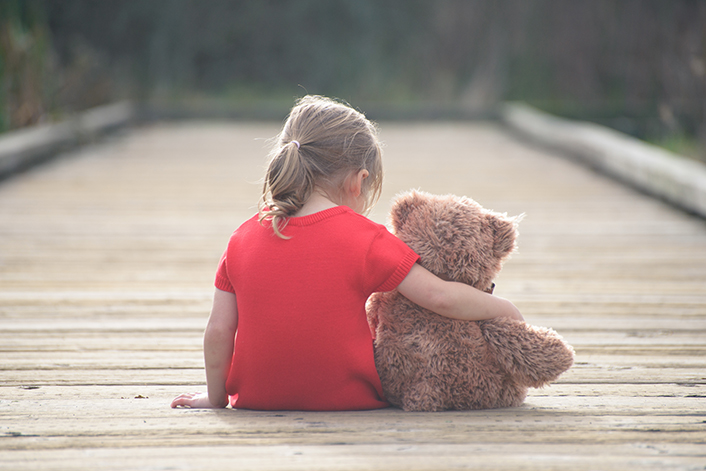

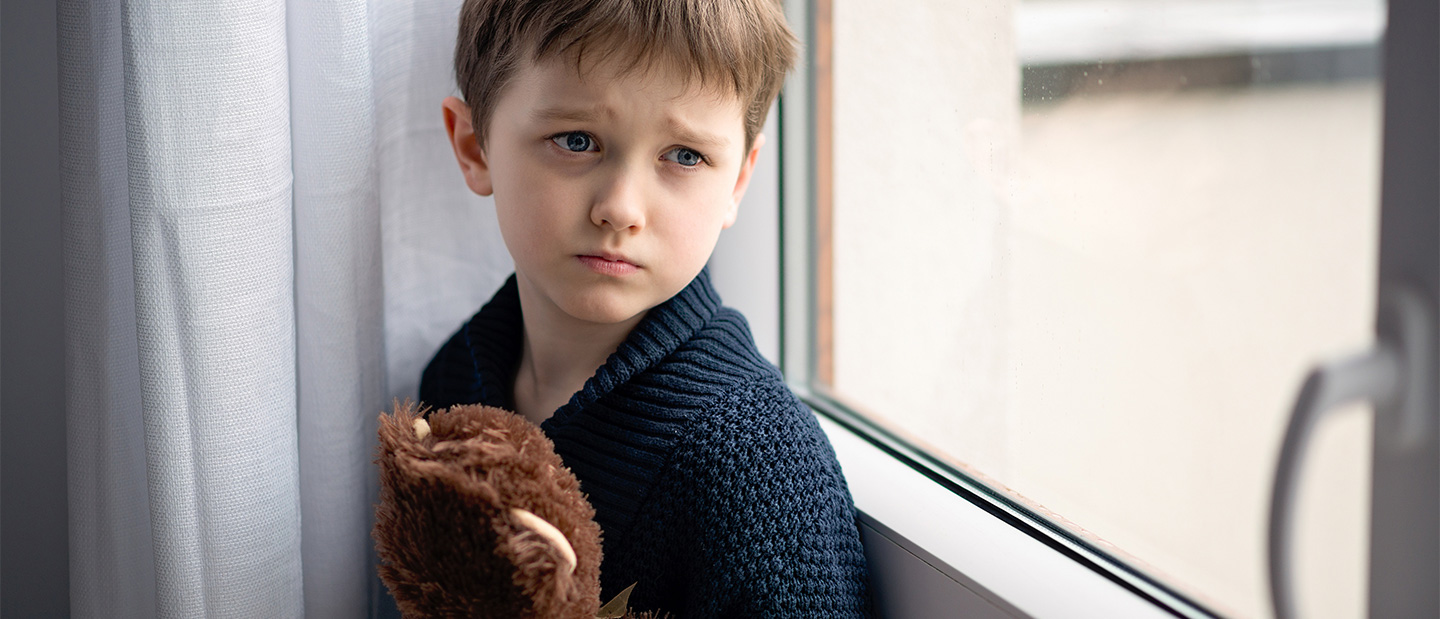





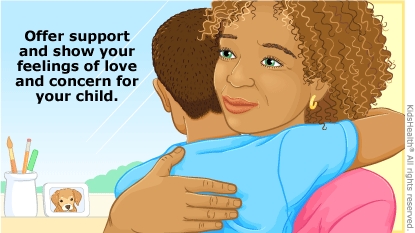
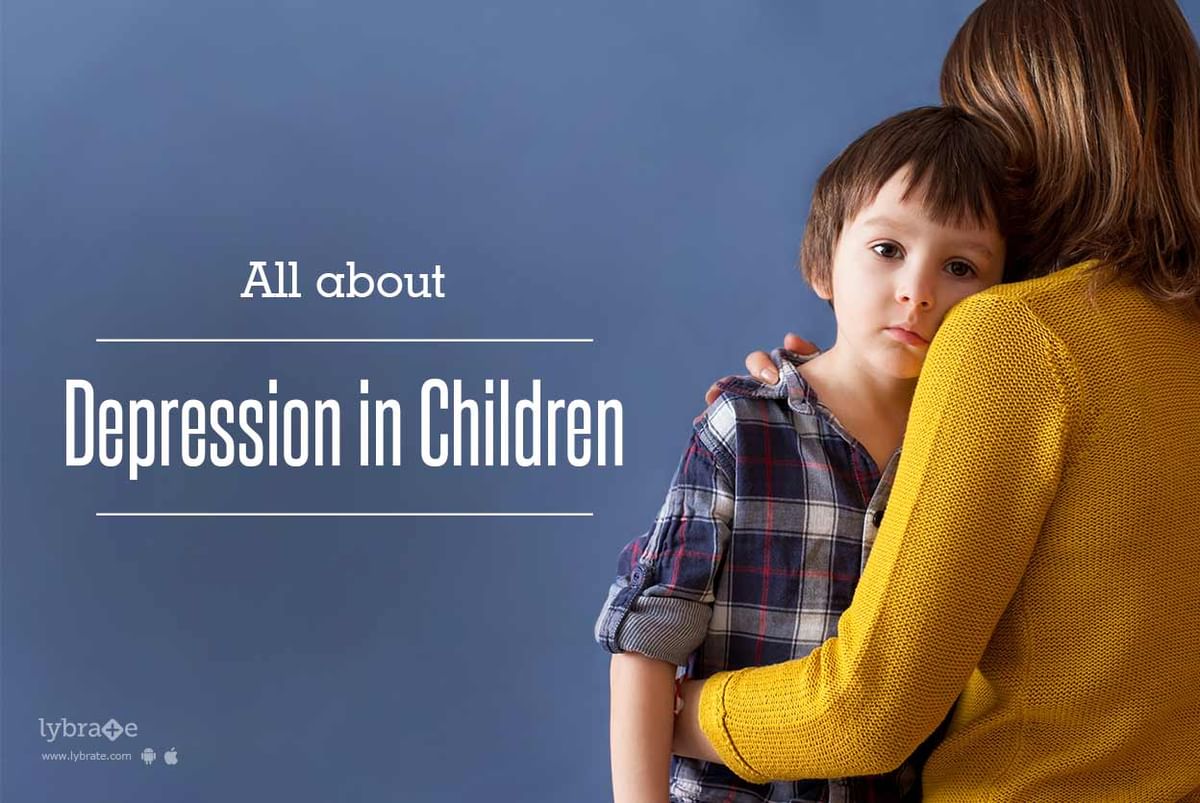
/GettyImages-164413895-56a258cb5f9b58b7d0c9336c.jpg)
